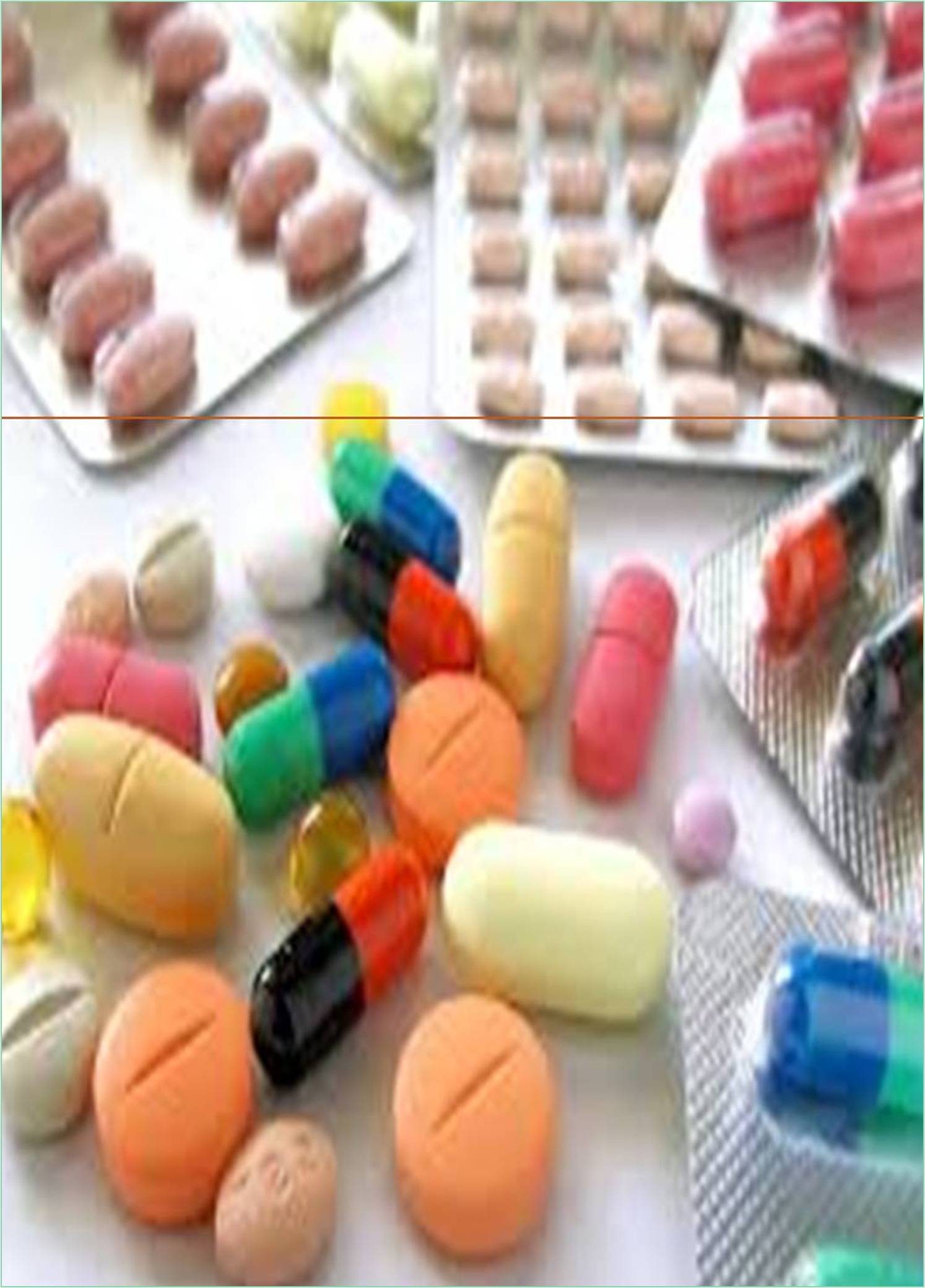



Received: 01-Apr-2022, Manuscript No. GJPP-22-63854; Editor assigned: 04-Apr-2022, Pre QC No. GJPP-22-63854 (PQ); Reviewed: 18-Apr-2022, QC No. GJPP-22-63854; Revised: 25-Apr-2022, Manuscript No. GJPP-22-63854 (R); Published: 02-May-2022, DOI: 10.37421/GJPP.22.10.007
The Human Immunodeficiency Virus (HIV) infects approximately 40 million people worldwide (HIV). High Activity Antiretroviral Therapy (HAART), which combines at least three antiretroviral (ARV) drugs, has been used to extend the lives of HIV-infected patients for more than a decade. Highly Active Antiretroviral Therapy (HAART) is a broad group of treatment regimens that usually include three or more antiretroviral medications and are designed to lower plasma virus levels below the detection threshold in previously untreated HIV-1-infected patients. Patients must take HAART on a daily basis to keep their HIV infection under control. Patient noncompliance and pharmaceutical compliance are both hampered by the frequent delivery of several drugs in relatively large doses. The HIV virus is not totally eliminated from the host despite strict adherence to HAART. A new study has been published that addresses everything from simple organoleptic or technological challenges to more complex concerns such as targeting specific tissues and organs. Medication Delivery System (MDS) research is becoming more integrated with new drug development, with the goal of reducing dose frequency, enhancing treatment adherence, and targeting virus populations. A retrovirus is an RNA virus that uses its reverse transcriptase enzyme to make DNA from its RNA genome and replicates in a host cell. After then, an Integrase enzyme incorporates the viral DNA into the host's genome then after the virus replicates itself as part of the DNA of the host cell. Retroviruses are enveloped viruses from the retroviridae virus family. The study was carried out in order to create Antiretroviral (ARV) Drug Delivery Systems (DDS) that would minimize the frequency of administration and thereby increase treatment compliance and adherence. HIV protease inhibitors must be given in large doses because of their insolubility and low bioavailability. For instance, saquinavir (MK-639) is claimed to be given at 1800 mg/day and indinavir (MK-639) at 2400 mg/day, but the average amount of medicine used to treat most disorders is 10-30 mg/day. A typical HIV protease inhibitor might have a dosage of up to 24 times that of a regular medication. Many HIV protease inhibitors have limited value as possible treatment agents due to their low oral bioavailability and fast biliary elimination. For patients, such high dose requirements translate to costly drug regimes. The very first research of azidothymidinepalmitate administration via SLN (AZT-P). To make neutral and negatively charged SLN, researchers used trilaurin as the solid lipid nanoparticles core and Dipalmitoylphosphatidylcholine (DPPC) or a mixture of DPPC and Dimyristoylphosphatidylglycerol (DMPG). AZT incorporation in SLN was modest, while AZT-P incorporation increased as the Phospholipid (PL) level rose. Finally, the integration and subsequent preservation of AZT-P appeared to be dependent on the SLN surface's PL coating but not on the TL solid core.
The apparent solubility of the hydroxypropyl-cyclodextrin– saquinavir addition combination increased up to 400-fold at pH 7; at pH 7.0 and 2.0, 10 percent CD resulted in solubility extents of 15.8 and 9.3 mg/mL, respectively. The usage of cyclodextrin complexation can also be used to improve the solubility of medications such as lopinavir and ritonavir. Polybutylcyanoacrylate (PBCA), Methylmethacrylatesulfopropylmethacrylate (MMASPM) nanoparticles, and SLNs were used to transport of 2', 3'- didehydro-3'-deoxythymidine (D4T), delaviridine, and saquinavir across the blood-brain barrier in vitro. These diverse polymeric systems explored increased drug permeability, with smaller particle sizes being ascribed to better permeabilities.
The lack of new creative medications in the pipeline to combat HIV replication could reflect a shift in HIV researchers' and drug developers' priorities. It is no longer commercially viable to introduce medications with incremental improvements within current pharmacological classes. Although it is true that medications targeting novel targets may have a higher impact, the list of such targets is limited, and interfering at a different step in the HIV replication cycle is a significant scientific hurdle. It's hard to imagine a risk/reward scenario that will ensure continuing investment in the development of innovative HIV medications that simply stop replication and lower plasma viral load. Furthermore, it has been proposed that the scientific community pursue research in a progressive path, with the goal of addressing latent HIV reservoirs that remain despite current drug treatment in order to obtain a functional, if not sterilizing, a cure. This will require a longterm commitment, mostly supported by the National Institutes of Health, with some participation from the pharmaceutical and biotechnology sectors. While the current licensed medicines can reduce viral replication in the majority of HIV patients, treatment is lifelong, there are considerable adverse effects, and resistance will eventually render more of these drugs ineffective. To prevent viral infection and improve the quality of life for people who have already been infected, new and inventive approaches must be created.